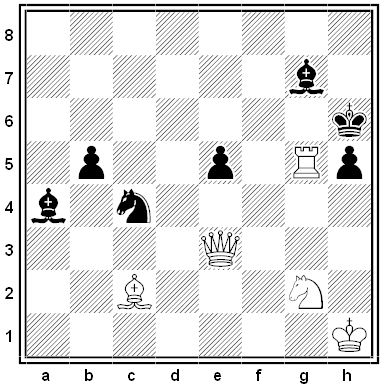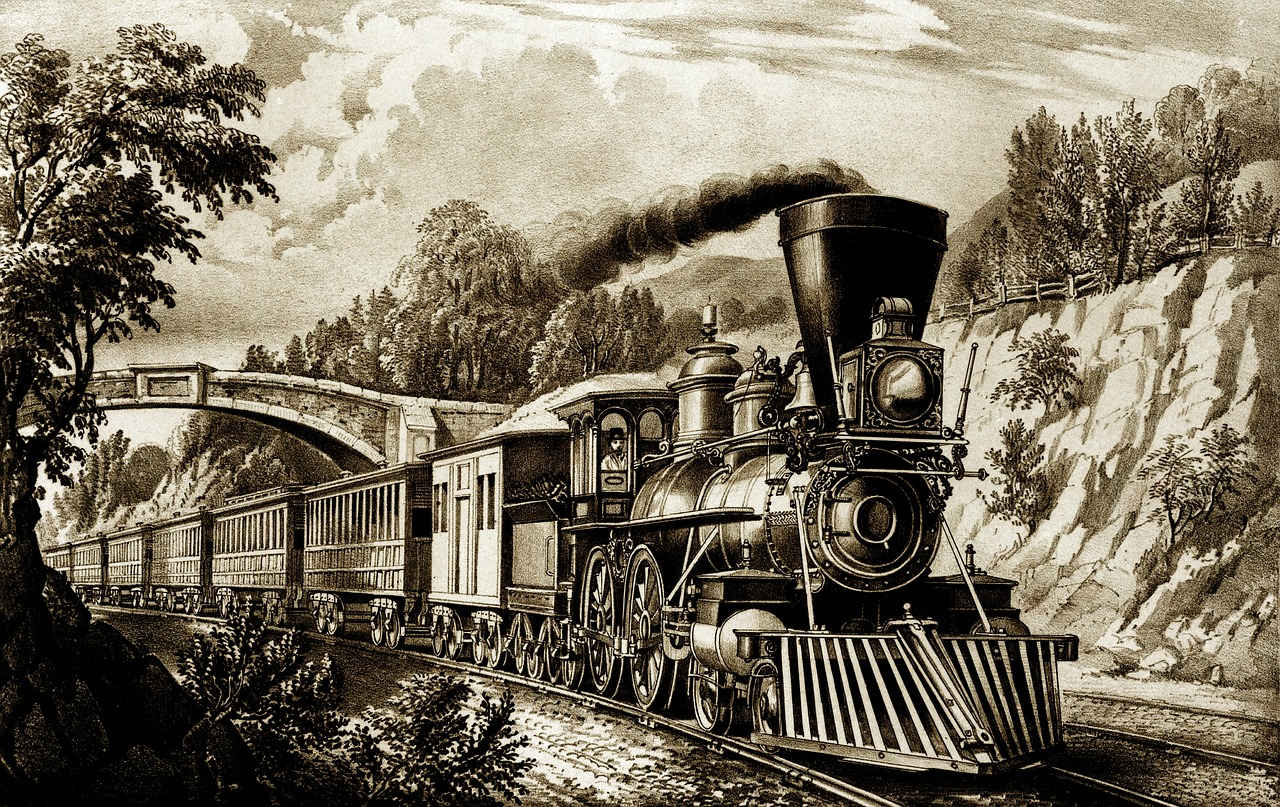Nullus agenti dies longus est.
No day is long for the person who is active. (Seneca)
Omnibus in rebus gravis est inceptio prima.
In all things the first undertaking is hard. (Anonymous)
Formosos saepe inveni pessimos, et turpi facie multos cognovi optimos.
I have often discovered beautiful people to be the worst, and I have discovered many fine people with unpleasant appearance. (Phaedrus)
Mendaci homini, ne verum quidem dicenti, credere solemus.
We do not usually believe an untruthful man, even when he is telling the truth. (Cicero)
In bibliothecis loquuntur defunctorum immortales animae.
Immortal spirits of the dead speak in libraries. (Pliny the Elder)
Plures amicos mensa quam mens concipit.
A person’s table attracts more friends than his mind. (Publilius Syrus)
Propositum mutat sapiens, at stultus inhaeret.
A wise man changes his proposal, but a stupid man clings to it. (Petrarch)
Nihil recte sine exemplo docetur aut discitur.
Nothing is rightly taught or learned without examples. (Columella)
Tranquillas etiam naufragus horret aquas.
The shipwrecked man is afraid even of quiet waters. (Ovid)
Homicidium, cum admittunt singuli, crimen est; virtus vocatur cum publice geritur.
When individuals commit it, murder is a crime; it is called a virtue when it is done publicly. (Cyprian)
Omne ignotum pro magnifico est.
Everything unknown is considered to be magnificent. (Tacitus)



